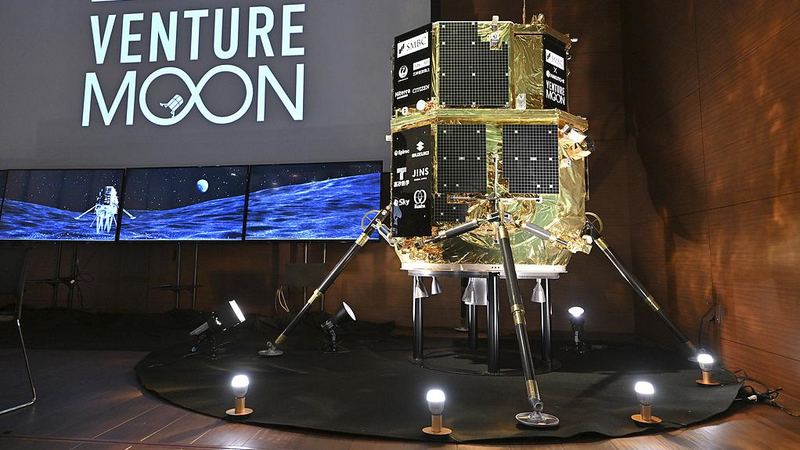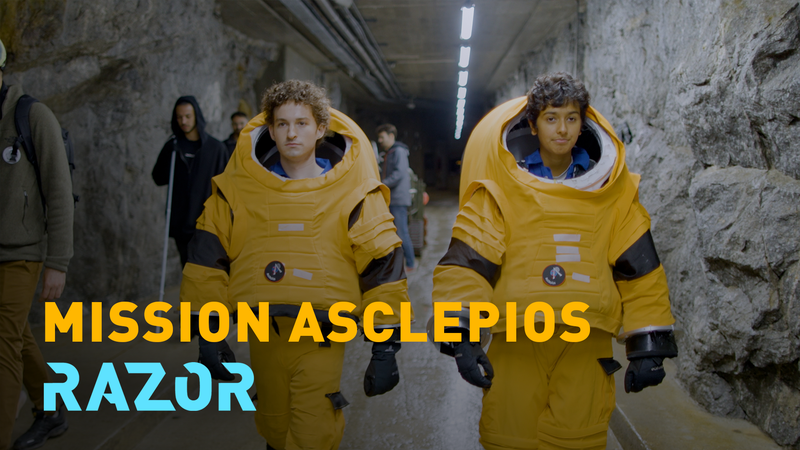In a surprising twist, a misfiring laser navigation tool is now in the spotlight as the culprit behind ispace's second lunar lander crash in just two years. The lander, aptly named Resilience, was targeting the moon's far north in Mare Frigoris (Sea of Cold) when trouble struck. 🛰️
Officials in Tokyo revealed on Tuesday that Resilience was descending at a rapid 42 meters per second when its laser range finder failed to activate on time. Within only five seconds after losing contact, the lander crashed, leaving behind striking images captured by NASA’s Lunar Reconnaissance Orbiter of the wreckage and its mini rover scattered across the lunar surface.
This incident follows a previous setback in 2023, when flawed software led to a similar crash during the landing phase. Out of seven recent moon landing attempts by private ventures, only Firefly Aerospace’s Blue Ghost mission in March has achieved complete success.
Despite these challenges, ispace is not backing down. The company is already planning its third moon landing attempt for 2027—with NASA cooperation—and has a fourth mission in the pipeline. These upcoming ventures include extra tests and technical improvements, adding over 1.5 billion yen (more than $10 million) to development costs.
CEO and founder Takeshi Hakamada remains upbeat about the future, stating, "We're firmly taking the next step toward our future missions." By inviting outside experts to review the accident and enhancing collaboration with the Japanese Space Agency, ispace is determined to turn this setback into a stepping stone for future success.
Setbacks are part of the wild ride of space exploration, and each challenge brings new lessons that propel innovators ever closer to the stars! 🚀
Reference(s):
Japanese company blames laser tool for 2nd crash landing on the moon
cgtn.com




